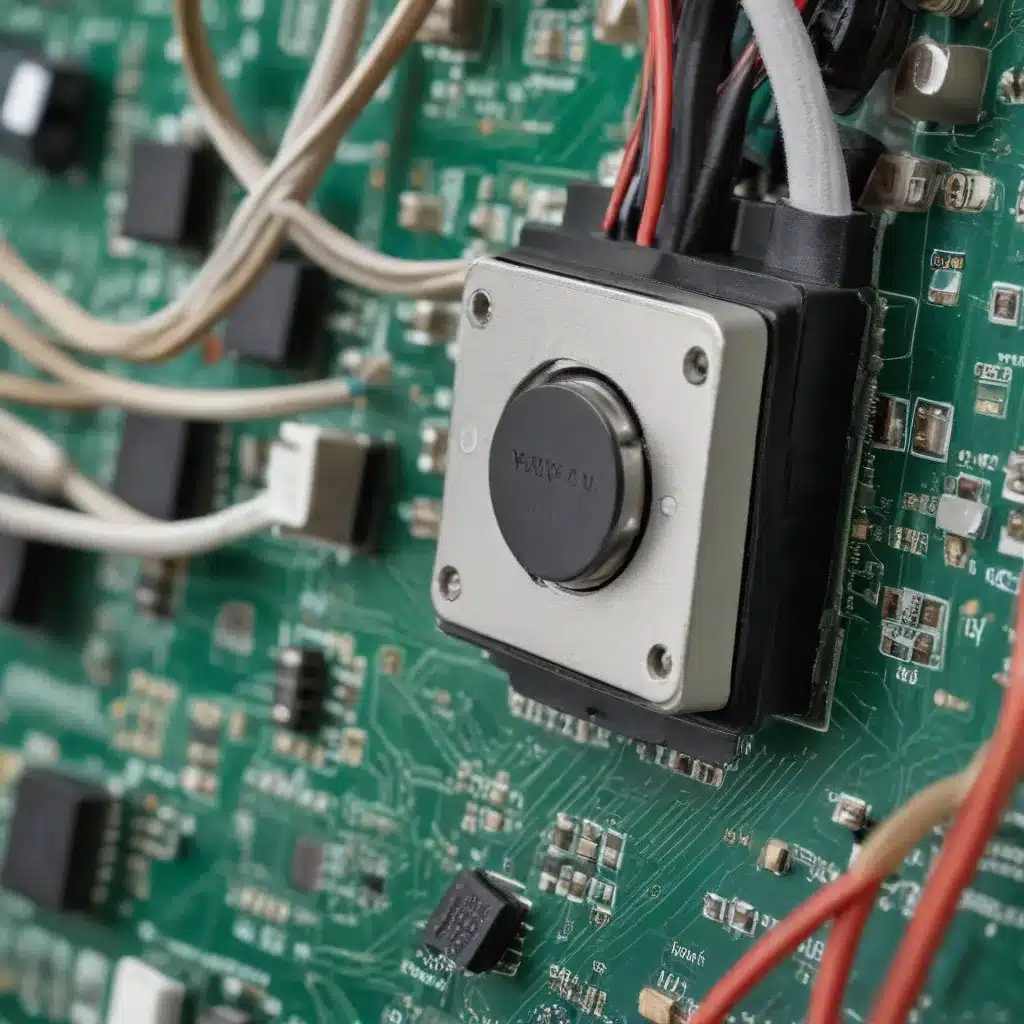
Troubleshooting and Resolving Common Peripheral Device Compatibility Issues
In the ever-evolving world of technology, where new devices and software are constantly emerging, ensuring seamless compatibility between your computer and its connected peripherals is crucial for maintaining productivity and efficiency. Whether you’re an IT professional, a tech-savvy user, or simply someone who relies on various devices to get the job done, understanding and resolving peripheral device compatibility issues can save you countless hours of frustration and downtime.
Hardware Components
Computer Peripherals
Peripheral devices are the hardware components that are connected to a computer, providing additional functionality or input/output capabilities. These can include keyboards, mice, printers, scanners, external storage drives, webcams, and a wide range of other devices. Ensuring that these peripherals are compatible with your computer’s hardware and software is essential for a smooth user experience.
Device Drivers
Device drivers are the software that allows your computer’s operating system to communicate and interact with the connected peripheral devices. Outdated, incompatible, or missing drivers can be a common source of compatibility issues, preventing your peripherals from functioning correctly.
Port Interfaces
The physical ports on your computer, such as USB, HDMI, or Thunderbolt, serve as the connection points for your peripheral devices. Ensuring that your peripherals are compatible with the available ports on your computer is crucial for establishing a successful connection.
Troubleshooting Techniques
Diagnostic Tools
When encountering peripheral device compatibility problems, it’s important to utilize diagnostic tools to identify the root cause. This can include built-in system utilities like Device Manager, which can provide insights into the status and configuration of your connected devices.
Connection Verification
Checking the physical connections between your computer and the peripheral device is a crucial first step. Ensure that all cables are securely plugged in and that the ports are free from any obstructions or damage.
Software Compatibility
Verifying the compatibility of your computer’s operating system and the software required for your peripheral devices is essential. Outdated or incompatible software can lead to compatibility issues, so keeping your system and drivers up-to-date is crucial.
Compatibility Issues
Hardware Conflicts
Hardware conflicts can occur when two or more peripheral devices are competing for the same system resources, such as interrupts or memory addresses. This can prevent one or more of the devices from functioning correctly.
Driver Incompatibilities
Incompatible or outdated device drivers can cause compatibility issues, as the operating system may not be able to properly communicate with the peripheral device. This can result in the device not being recognized or functioning improperly.
Port Limitations
Some peripheral devices may have specific port requirements, such as USB 3.0 or Thunderbolt, and may not be compatible with older or lower-speed port interfaces on your computer.
Resolving Compatibility Problems
Device Replacement
In some cases, the best solution to a compatibility issue may be to replace the incompatible peripheral device with a newer, more compatible model. This can ensure that the device works seamlessly with your computer’s hardware and software.
Driver Updates
Keeping your device drivers up-to-date is crucial for maintaining compatibility. Check the manufacturer’s website or your computer’s driver update utility to ensure you have the latest drivers installed.
Port Configuration
Ensuring that your peripheral devices are connected to the appropriate port on your computer can also help resolve compatibility issues. Some ports may be better suited for specific types of devices, such as USB-C for high-speed data transfer or HDMI for video output.
Hardware Connectivity
USB Devices
USB (Universal Serial Bus) is one of the most common and widely-used peripheral device interfaces. Ensuring that your USB devices are compatible with the available USB ports on your computer is essential for proper functionality.
Serial Connections
While less common in modern systems, some legacy devices may still use serial connections, such as RS-232 or RS-485. Ensuring that your computer has the appropriate serial ports or adapters can help resolve compatibility issues with these types of devices.
Wireless Peripherals
Wireless peripheral devices, such as Bluetooth keyboards or Wi-Fi-enabled printers, can offer greater convenience and flexibility, but they also require specific software and hardware compatibility to function correctly.
Software Configurations
Operating System Settings
Proper configuration of your computer’s operating system settings can play a crucial role in resolving peripheral device compatibility issues. Adjusting settings related to power management, device drivers, or security can sometimes resolve compatibility problems.
Application Compatibility
Certain software applications may have specific requirements or dependencies that can affect the compatibility of connected peripheral devices. Ensuring that your software is up-to-date and compatible with your computer’s hardware and operating system is essential.
Firmware Updates
Keeping the firmware (the low-level software embedded in the peripheral device itself) up-to-date can also help resolve compatibility issues. Manufacturers often release firmware updates to address known compatibility problems or to add new functionality.
Remember, troubleshooting and resolving peripheral device compatibility issues can be a complex process, as it often involves a combination of hardware, software, and configuration factors. By utilizing the techniques and strategies outlined in this article, you’ll be better equipped to identify and address compatibility problems, ensuring that your computer and its connected peripherals work seamlessly together.
If you continue to experience persistent compatibility issues, don’t hesitate to seek assistance from IT professionals or the manufacturers of your specific devices. Their expertise and support can be invaluable in resolving even the most challenging compatibility problems.
For more IT troubleshooting tips and resources, be sure to visit IT Fix – your one-stop destination for all your technology support needs.












